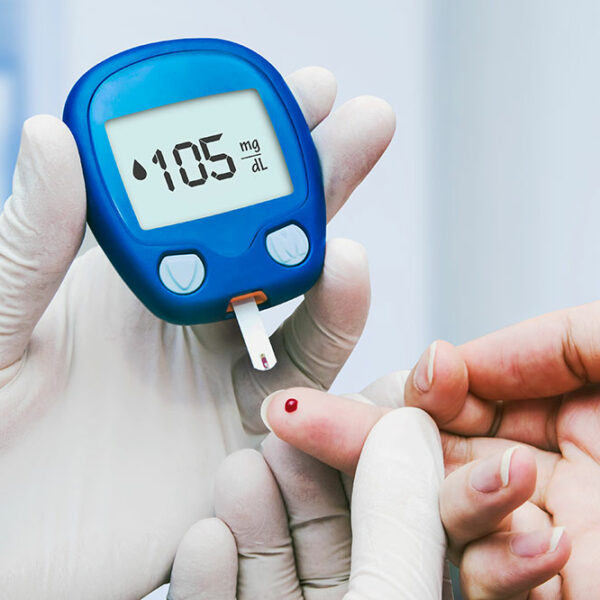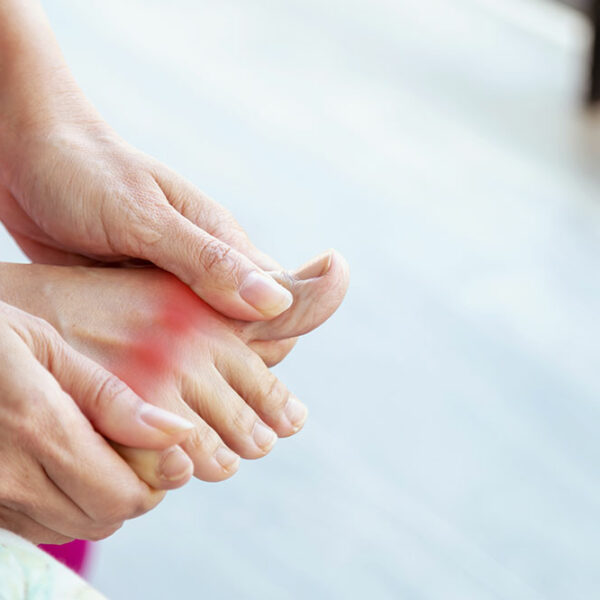
Improving Your Diabetes Health with These 7 Must-Dos
Diabetes is a condition which many suffer from, across all age-groups. It is generally caused when the blood sugar is too high. The pancreas fails to produce insulin, as a result of which the glucose remains floating in the body, thereby causing diabetes. Read on to learn about a few measures a diabetic can take to improve their health. Avoid these foods There is a strong link between diabetes and your diet. The following foods are best avoided: White bread White bread contains almost no nutrition and is a form of simple carbohydrate. This food will surely raise your sugar level to a great extent, as it does not contain any fiber. Rice White rice provides very little nutrition to the body and causes a spike in insulin levels. Breakfast cereals Most of the cereals are highly processed and contain more carbohydrates than any other breakfast foods. Take care of your feet Check your feet every day One should look at their feet every day to check for any kind of red spots, swelling or blisters. Wash your feet every day Wash your feet every day with hot or cold water. Keep your skin smooth and soft Rubbing a thin coat of skin lotion over the top and bottom of your feet will help you get smooth skin.









